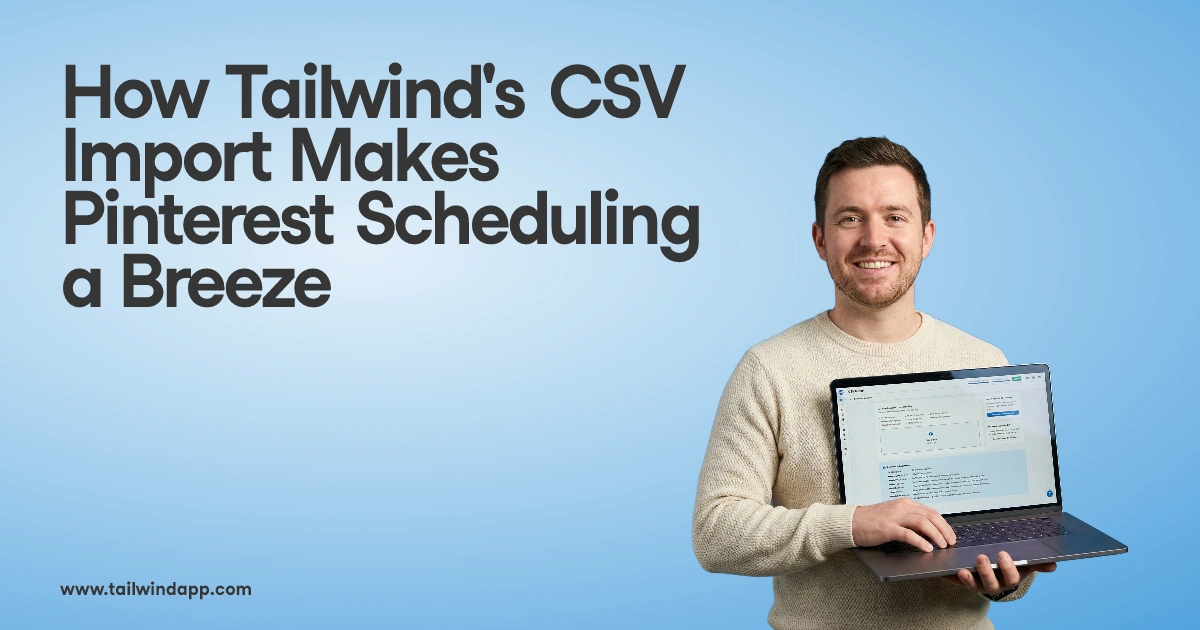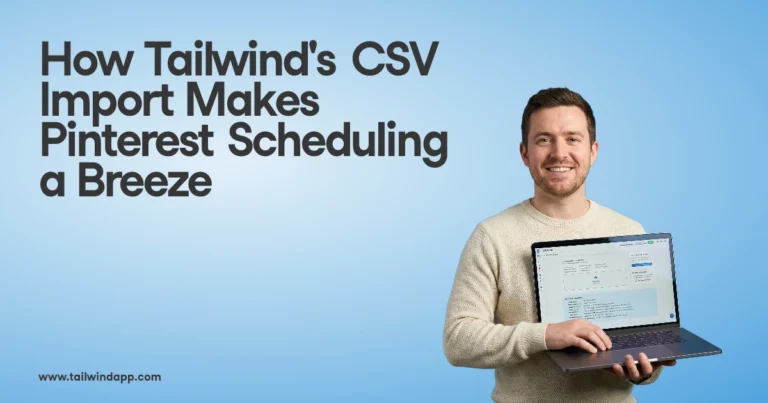
In this new age of social media marketing, many make the mistake of posting the same type of content on all of the different forms of social media platforms. In actuality, the different social media platforms have different specialties and setbacks that make them unique. While we don’t recommend just using one form of social media, we do recommend knowing each platform and their strengths well so that you can choose the best form for your particular message and/or content. Here, we’ll review many popular social media platforms, along with what is unique about them and what they are good for.
Facebook can be an ideal platform for businesses because of its huge user base. While people have taken notice to the fact that many younger people no longer prefer Facebook as their first choice regarding social media platforms, it still holds the vast majority of users with over 1.19 billion, making it a great source to get the word out with an awesome reach.
Facebook is ideal for longer messages- perhaps big news about your company, due to status updates allowing larger amount of characters than any other platform. One thing that Facebook is usually not a good fit for is actually selling items- save this for some of the other more immediate, actionable platforms. Instead, use Facebook as a platform for branding and displaying personality. Use Facebook to let consumers see news about your company, topics that you’re company is interested in, your company culture, etc. This is the platform where followers will come to love your company/brand for who you are, in turn causing loyalty.
Instagram is a newer and more contemporary platform that more and more businesses are beginning to use. It’s a fun and extremely visual way to show off your brand, especially if you have eye-catching products to offer. Instagram is a remarkable way to create interest and curiosity about your company and getting people to want to know more.
When posting pictures, make sure to provide a caption with information about what is going on in the picture. If it’s a product, provide a link to where they can find it. However, your Instagram shouldn’t be all products. Show fun things going on at your company, relevant and intriguing images, etc. Instagram is also a great way to show usage situations- show people actually using and experiencing your product; followers will be able to see what the experience looks like, further peaking their interest. The rule of thumb here is to make sure that whatever you post is eye catching and appealing. Don’t post boring or fuzzy photos.
LinkedIn is an often overlooked platform by many businesses, but its purpose is to create something invaluable that everyone needs- social networking. In these modern times, LinkedIn is vital to create and maintain business connections in order to take advantage of them when relevant to do so.
If doing any B2C or especially B2B marketing, LinkedIn is a great way to reach out to others and get onto their radar for when they may need your product/service. Because of its emphasis on copy rather than visuals, LinkedIn is more prevalent of those offering a service rather than a product (not to say that those offering products can’t see benefits from the platform as well).
Another helpful aspect of LinkedIn are the social groups/discussions that it provides, based around common interests, industries, communities, etc. This gives you the chance to get involved in discussions where you can both contribute and learn more about anything that you may be having trouble with. LinkedIn is THE platform to establish your authority and show others that you really know what you are talking about and that your company holds value. LinkedIn is an ideal place to post links to your company blog or other such informational links to provide further information on your company and what you do.
Of course, here at Tailwind, we are partial to Pinterest and are very aware of its enormous potential, but we promise to remain unbiased for the purpose of this blog post. Pinterest is renowned for its content sharing format. Using Pinterest, you can post videos, photographs and additional images to various boards based on subject. Whereas LinkedIn is a copy oriented platform, Pinterest is quite the opposite, with an emphasis on visuals. This makes it ideal for businesses with products whose main appeal is their imagery (for instance, clothing).
Pinterest is one of the platforms where sales can be a main goal, due to its aspirational nature. Those visiting Pinterest are typically looking for ways to improve their lives, and they often even conduct specific searches to find particular items that they are searching for. Additionally, people can click your pins, which will lead them back to your website (or wherever you would like to take them), making for a good conversion rate. While sales is a sound goal for Pinterest, it shouldn’t be the only goal kept in mind when pinning content. Pinterest is actually another great platform to show off your company’s brand and personality. Don’t just pin items from your website- pin items that you are interested in and know that your customers would be interested in as well. You can also create boards centered around your company and its culture- maybe even one centered around its employees- without it being all about the product/service that you are offering. After all, customers do love to get to know the company that they are doing business with.
Twitter’s appeal comes from the fact that it is quick-paced and in the moment. It has become extremely popular due to this and the interactivity that it provides. Businesses who want to have real-time conversations with consumers will enjoy using Twitter. Using Twitter Search or tools like HootSuite, you can even conduct searches on people tweeting about topics or companies that would be relevant to your company and contribute to discussions going on about them in Twitter. It shows consumers that you’re taking notice of what they’re talking about, you want to communicate with them and you can provide help.
Twitter isn’t just for replying, however. You can makes your own posts requesting feedback and opinions, and like Facebook, you can also post (short) news regarding or relevant to your company, as well as any quick updates that you would like your followers to immediately know.
Vine
Vine is another new platform that many businesses have implemented into their social media plan. Its appeal is the personality and fun-side of your company that it can reveal, along with the fact that its videos are 6-second loops. In today’s society, people are impatient and won’t sit through much, but almost everyone has 6 seconds to spare.
Like Instagram, Vine is also great to show (quick) usage situations, so people will see your product/service in action. We think the most important thing that Vine can do is to show consumers that you are a fun, interesting and dynamic brand that is willing to keep up with the times to please their consumers.
Now that you know a little bit more about many social media platforms, next time you post on social media, you can think to yourself, “Which one of these platforms will best help me get across the goal that I am trying to accomplish?”






